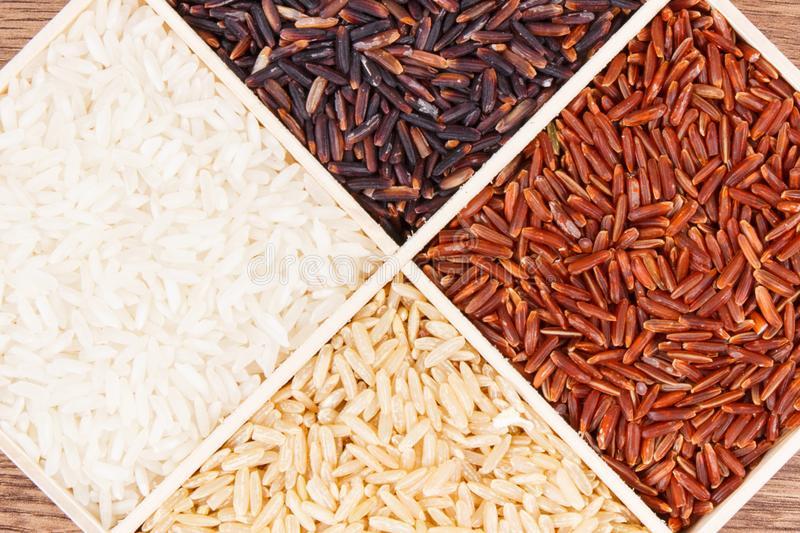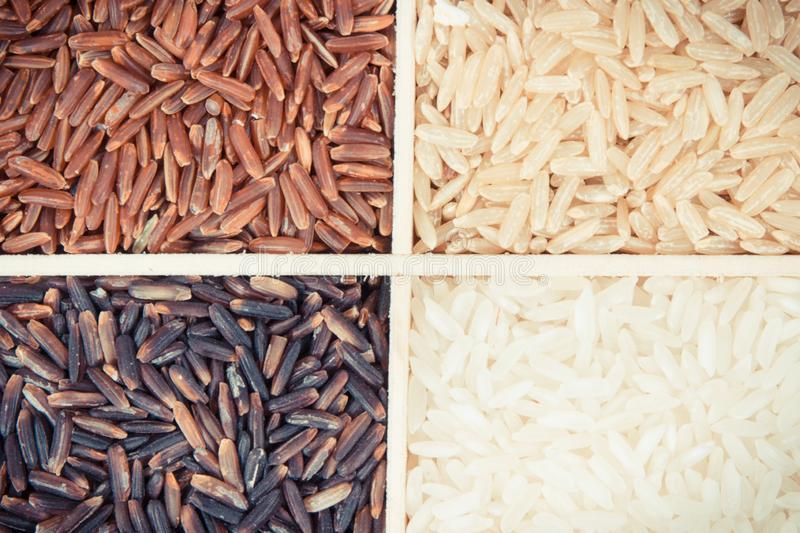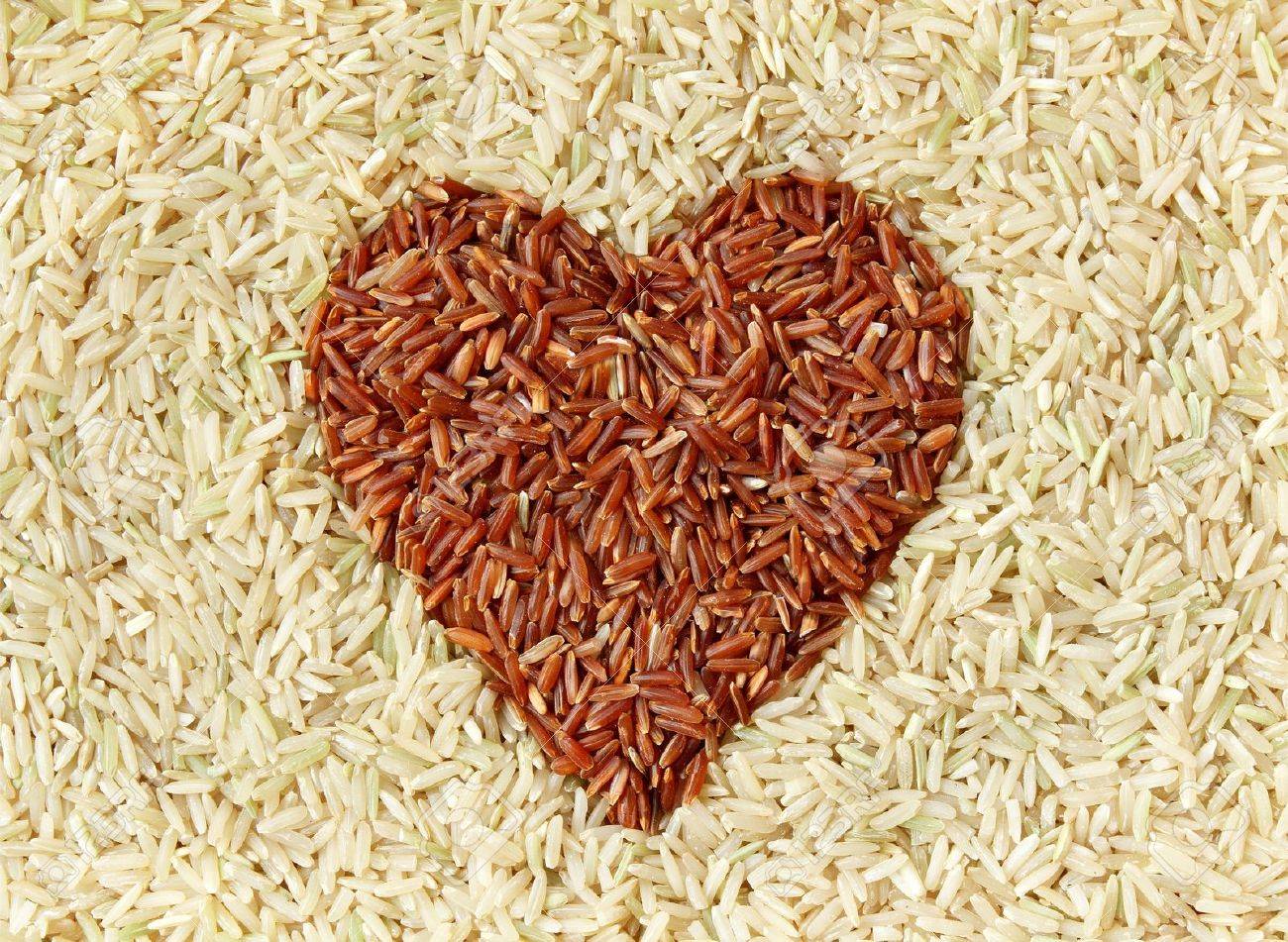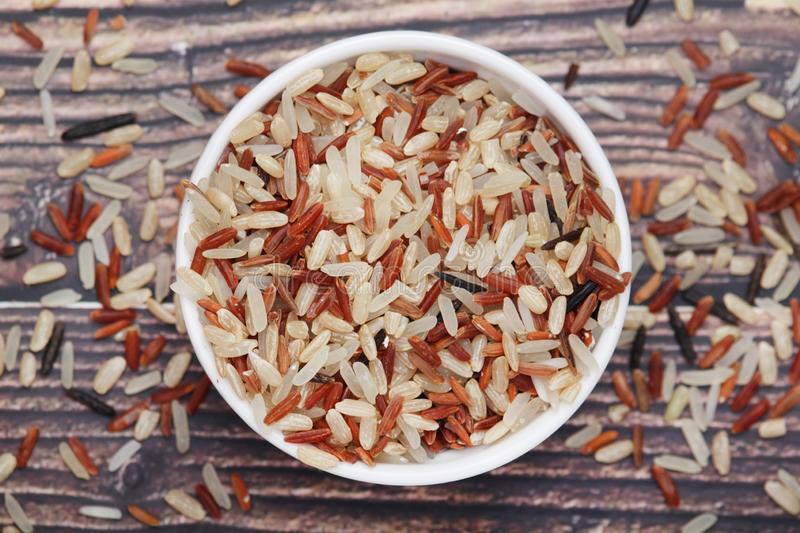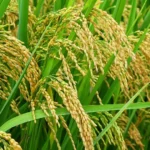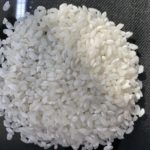Recently, the concept of “gluten” is often used in a negative way. Many doctors advise following a gluten-free diet. In addition, the number of food products labeled “gluten-free” on store shelves is steadily increasing. This component is found in a third of the foods that humans consume. Many people are interested in the gluten content in rice - white, red, brown, and whether this component is even present in this product.
Composition of rice and its beneficial properties
Rice is considered a fairly healthy product that contains a large number of valuable components. These primarily include B vitamins - B1, B2, B3, B6. This cereal also contains a lot of carotene and vitamin E. All these components have a beneficial effect on the nervous system and help improve the condition of nails, hair and skin.
Rice contains many microelements, without which it is difficult to imagine the normal functioning of the body. These components include potassium, phosphorus, and iron. The cereal also contains iodine, selenium and calcium.
Rice contains 8 amino acids that the body requires for cell growth. Almost 8% of grains consist of protein. Another important feature of this cereal is its content of lecithin, which is required for normal brain activity. The product also includes an oligosaccharide, which has a good effect on intestinal function. In addition, it contains gamma-aminobutyric acid, which helps normalize blood pressure.
Rice contains a large amount of potassium. Due to this, the product quickly removes from the body the excess amount of salt that enters it with food.
Due to the high content of valuable components, rice is considered very healthy. It is recommended for use by people who want to lose excess weight. This is due to the fact that the cereal contains practically no salts and stimulates gastric secretion. Rice can be included in a fasting diet. At the same time, it is important to remember a sense of proportion. The fact is that this product contains little sodium, which helps retain fluid in the body.
Almost 50% of rice consists of starch, which is easily digestible and represents an accessible source of energy. Due to the high content of ballast substances and a minimal amount of calories, the product perfectly activates the functions of the digestive organs.
It has been established that brown unrefined rice removes waste and toxins best. At the same time, the white, purified product is considered the least useful. However, you can include it in your diet for variety.
When cleansing the body with rice, it is recommended to drink plenty of fluids. Experts advise drinking at least 2 liters of clean water and several cups of herbal tea. It is best to use a decoction of juniper berries, a drink made from nettles or birch leaves.
Due to the fact that rice contains complex carbohydrates, it is perfectly absorbed by the digestive system and has pronounced nutritional properties. However, it is important to consider that highly processed rice grains contain too few vitamins and beneficial elements.
What foods contain gluten?
Wheat, barley and rye are 70% gluten. Due to this, the dough rises and delicious baked goods are obtained. So, gluten is found in the following cereals:
- wheat;
- barley;
- semolina;
- couscous;
- bulgur;
- pearl barley;
- spelt;
- durum.
It is important to consider that gluten is not only present in the dough. It can be included in sauces, yoghurts and ketchups as a “modified starch” or “thickener”.Gluten also acts as a preservative in soft white bread, semi-finished products, sausages, and dumplings.
Products that may contain gluten include the following:
- wheat and products made from it;
- barley, rye, oats;
- breakfast cereals;
- confectionery;
- sausages;
- canned food;
- thick sauces;
- ice cream;
- beer.
Is this substance found in rice?
Rice cereal does not contain gluten. Therefore, people with intolerance to this type of protein can eat different varieties of rice:
- brown and black – contain many nutrients and antioxidants, and have pronounced anti-inflammatory properties;
- wild - easily absorbed by the digestive organs and benefits people who have digestive problems.
Although all types of rice do not contain gluten, people with gluten intolerance should prefer whole grain varieties that have undergone minimal processing.
Harmful properties of gluten
The negative effect of gluten on the body is due to the fact that this substance increases the likelihood of the following problems:
- allergies and intolerances;
- intoxication;
- functional disorders in the functioning of the digestive organs;
- inflammation of the stomach and intestines.
What is Celiac Disease
A disease that is accompanied by gluten intolerance is called celiac disease. This pathology is a disorder of digestive functions in the small intestine, which appears as a result of autoimmune reactions to gluten.
Inside the small intestine there are tiny villi that help absorb proteins and fats. People with celiac disease experience damage to these villi.This provokes a violation of the absorption of beneficial elements and causes problems with digestive functions.
According to statistics, 1% of people in the world have celiac disease. Previously, there was a misconception that only children suffered from this disease. However, recent studies have confirmed that this disorder also occurs in adulthood.
This disease is considered very serious. Without therapy, there is a risk of problems with bone tissue and the thyroid gland. In addition, having celiac disease increases the risk of cancer.
The following signs indicate gluten intolerance:
- bloating;
- anemia;
- diarrhea;
- weight loss;
- headache;
- increased fatigue;
- skin rashes.
How to determine gluten intolerance
Gluten intolerance is usually transmitted genetically. If this disease was present in one of your close relatives, the risk of its occurrence increases many times over.
Stress factors usually lead to intolerance symptoms. Among them it is worth highlighting pregnancy, surgical interventions, and viral infections. Approximately 80% of people who suffer from this disease do not even know it.
To detect celiac disease, you need to take a blood test for specific antibodies. Also, to diagnose pathology, endoscopy with a biopsy of the affected intestine is performed.
Rice is a very healthy grain that is gluten-free. Thanks to this, this product can be safely consumed by people who suffer from celiac disease. At the same time, doctors advise giving preference to varieties that have been minimally processed.

